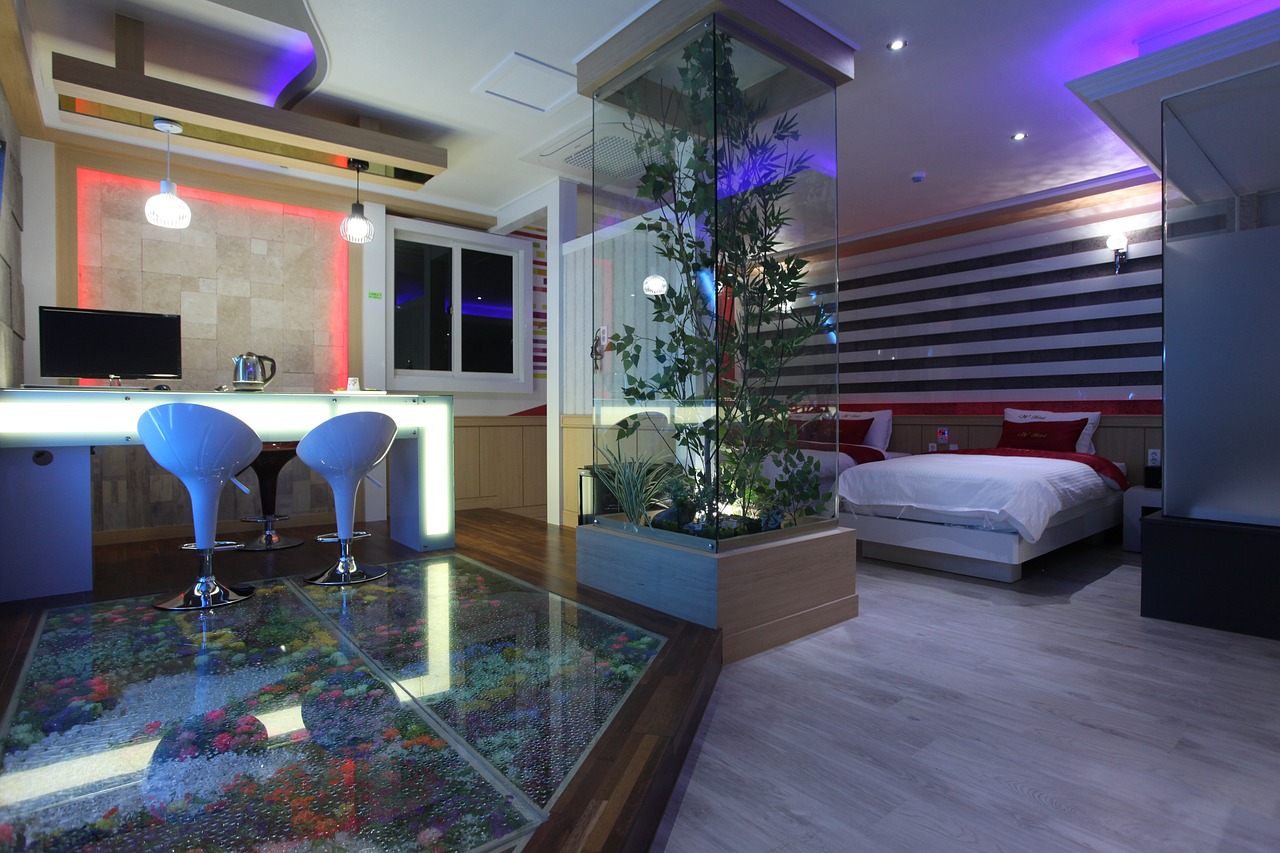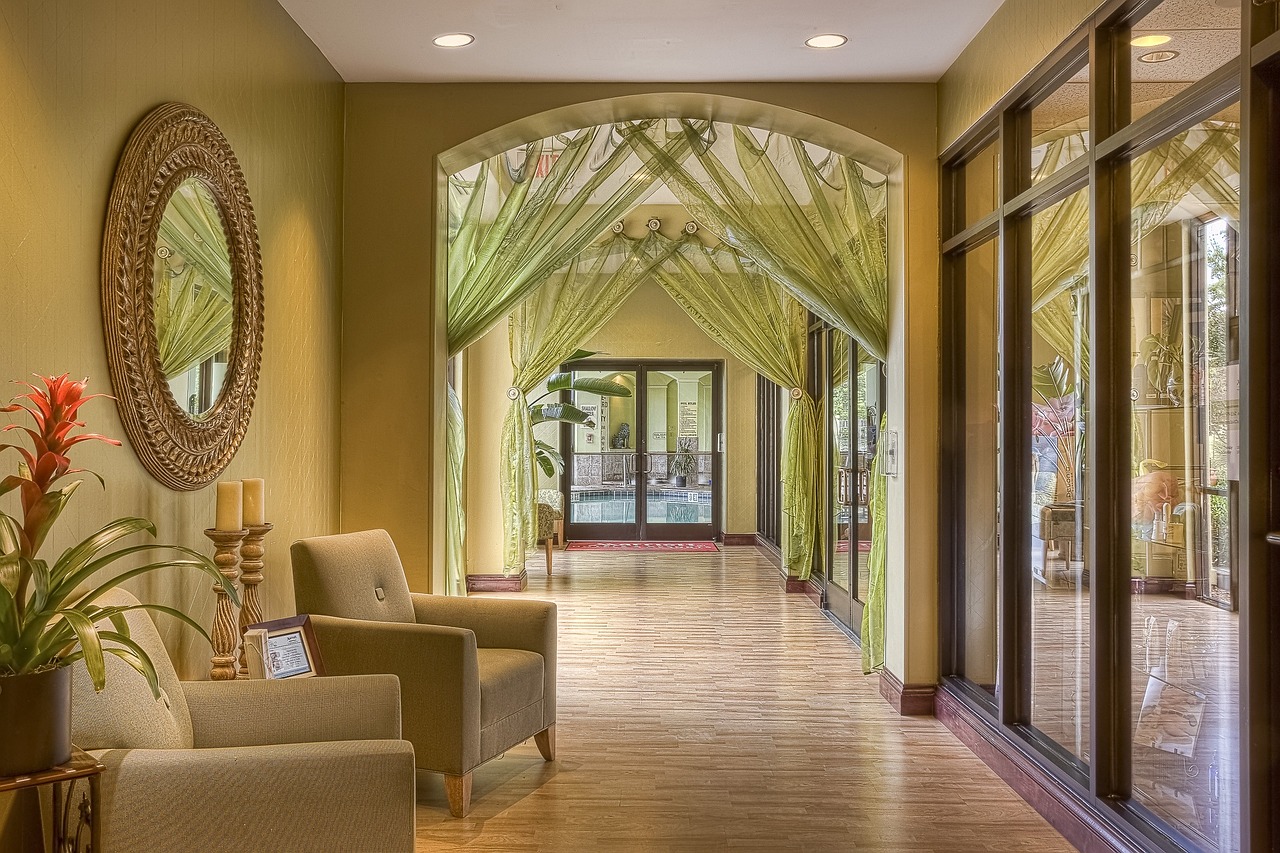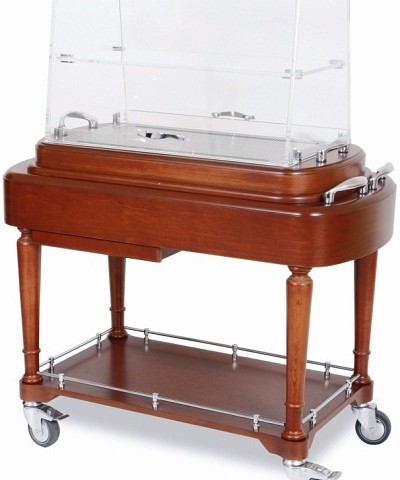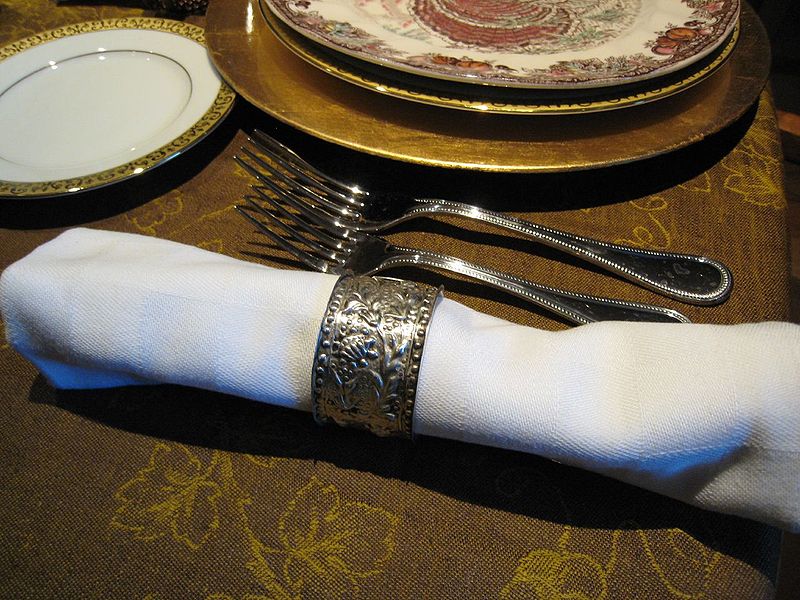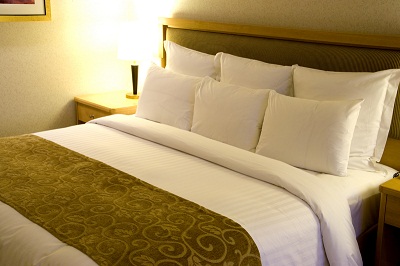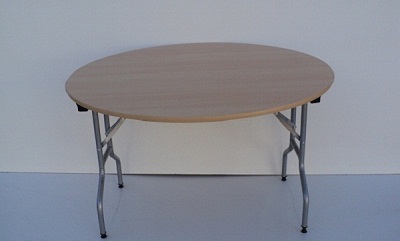Hotel Amenities Manufacturer
If you’re looking for a manufacturer of hotel amenities, there are several options available globally. Here are a few well-known manufacturers that provide a wide range of hotel amenities:
Gilchrist & Soames: A leading supplier of luxury hotel toiletries and amenities, Gilchrist & Soames offers high-quality products ranging from bath and body care to grooming essentials and accessories.
Molton Brown: Known for its premium bath, body, and grooming products, Molton Brown offers a range of luxury amenities suitable for upscale hotels and resorts.
Peter Thomas Roth: Specializing in skincare and grooming products, Peter Thomas Roth provides hotel amenities featuring innovative formulations and high-quality ingredients.
William Roam: A sustainable and eco-friendly option, William Roam offers hotel amenities made with natural and organic ingredients, packaged in environmentally friendly materials.
Amenity Kit: This company specializes in customizable hotel amenities, allowing hotels to create personalized amenity kits tailored to their brand and guests’ preferences.
Concept Amenities: Concept Amenities provides a wide range of hotel toiletries and amenities, including bath and body care products, grooming kits, and accessories, with a focus on quality and sustainability.
When choosing a hotel amenities manufacturer, consider factors such as product quality, brand reputation, customization options, eco-friendliness, and budget. Many manufacturers offer customizable options to tailor amenities to your hotel’s brand identity and guest demographic. Additionally, inquire about minimum order quantities, lead times, and shipping options to ensure a smooth procurement process.
What is the use of amenities and facilities?
Amenities and facilities serve various purposes depending on the context, whether it’s in a residential setting, hospitality industry, commercial space, or recreational facility. Here are some common uses and benefits of amenities and facilities:
Amenities such as parks, playgrounds, community centers, and recreational facilities contribute to the overall well-being and quality of life of residents by providing spaces for leisure, socialization, and physical activity. Amenities in hotels, resorts, spas, and recreational facilities are designed to create a comfortable and enjoyable experience for guests. Features like pools, spas, fitness centers, and entertainment areas help guests relax, unwind, and enjoy their stay. Facilities such as supermarkets, pharmacies, healthcare centers, and transportation hubs provide essential services and resources that meet the basic needs of residents and visitors, enhancing convenience and accessibility.
Amenities and facilities can increase the attractiveness and value of residential and commercial properties. Well-maintained amenities like landscaped gardens, fitness centers, and security features can enhance the appeal of a property to potential buyers or tenants. Supporting social interaction**: Amenities like community centers, common areas, and gathering spaces facilitate social interaction and community engagement. They provide opportunities for residents to connect, build relationships, and participate in group activities.
Facilities such as gyms, sports fields, walking trails, and wellness centers promote physical activity, healthy lifestyles, and overall well-being. Access to these amenities encourages residents to stay active and maintain a healthy lifestyle. Businesses, hotels, and commercial properties often use amenities and facilities as selling points to attract customers, tenants, or guests. Offering desirable amenities can differentiate a property from competitors and increase occupancy rates or sales. Overall, amenities and facilities play a crucial role in enhancing the quality of life, promoting social interaction, supporting health and wellness, and adding value to residential, commercial, and recreational spaces. They contribute to creating vibrant and livable communities while meeting the diverse needs and preferences of residents, guests, and customers.


